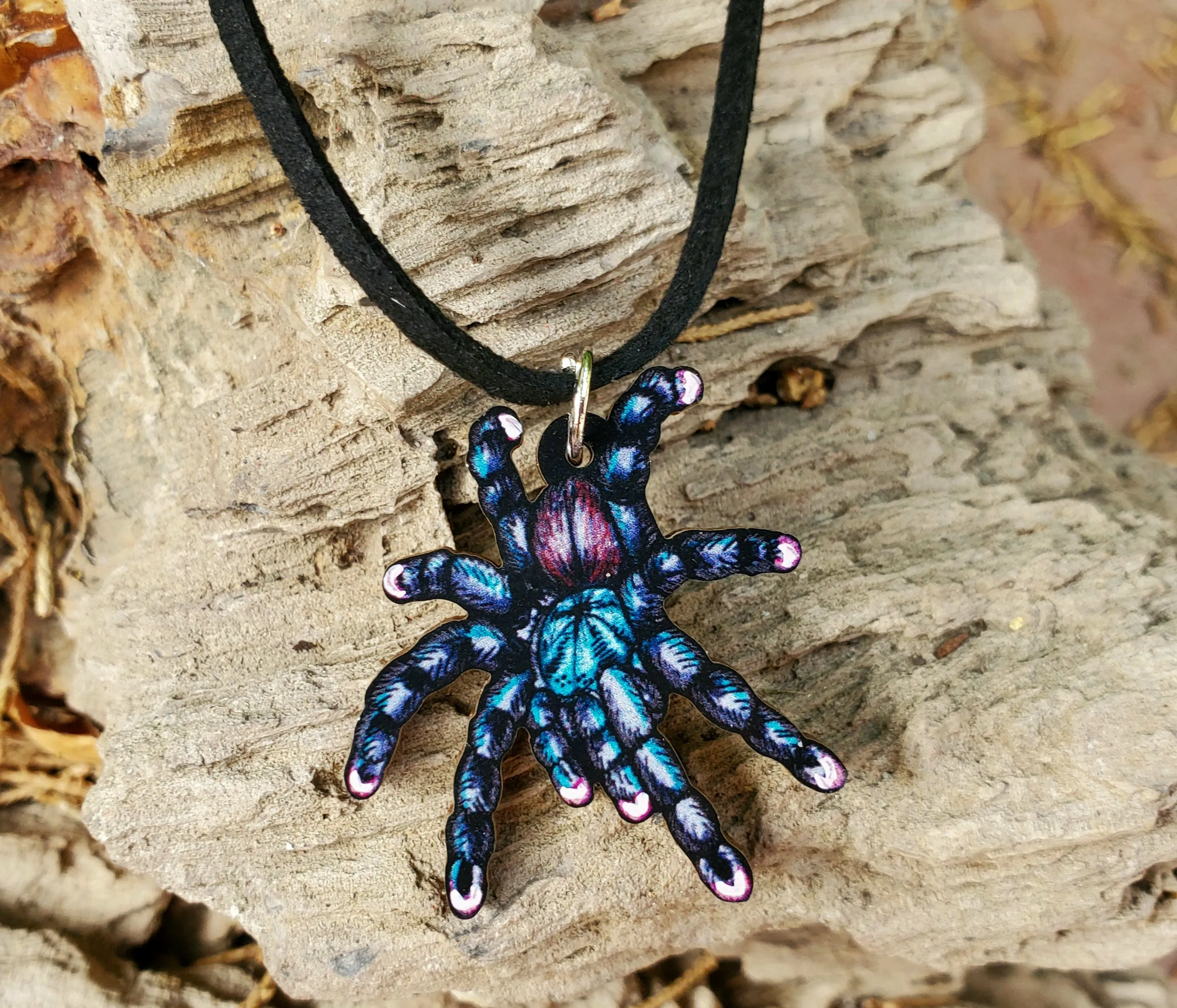Choosing the Right Heat Lamp for Your Pink Toe Tarantula
Caring for a Pink Toe Tarantula (Avicularia avicularia) involves creating a comfortable and healthy environment, and a crucial element of this is the proper use of a heat lamp. Selecting the right heat lamp is essential for the well-being of your tarantula, as it directly impacts its ability to thrive. This guide will walk you through the key considerations when choosing a heat lamp for your Pink Toe Tarantula, ensuring that you provide the ideal conditions for your pet to flourish. From understanding the habitat needs of these arboreal creatures to troubleshooting common issues, this article will equip you with the knowledge you need to make an informed decision and create a perfect home for your eight-legged friend.
Understanding Pink Toe Tarantula’s Habitat Needs
Pink Toe Tarantulas originate from the tropical rainforests of South America, which means they require a warm, humid environment to thrive. Replicating these natural conditions is vital in captivity. They are arboreal creatures, spending most of their time in trees, so their enclosures should reflect this, with plenty of vertical space and climbing opportunities. Understanding the specific needs of your Pink Toe Tarantula is the first step in providing the proper care, and it all starts with creating a suitable habitat that mimics their natural environment. This includes temperature, humidity, and appropriate substrate.
Ideal Temperature and Humidity Levels
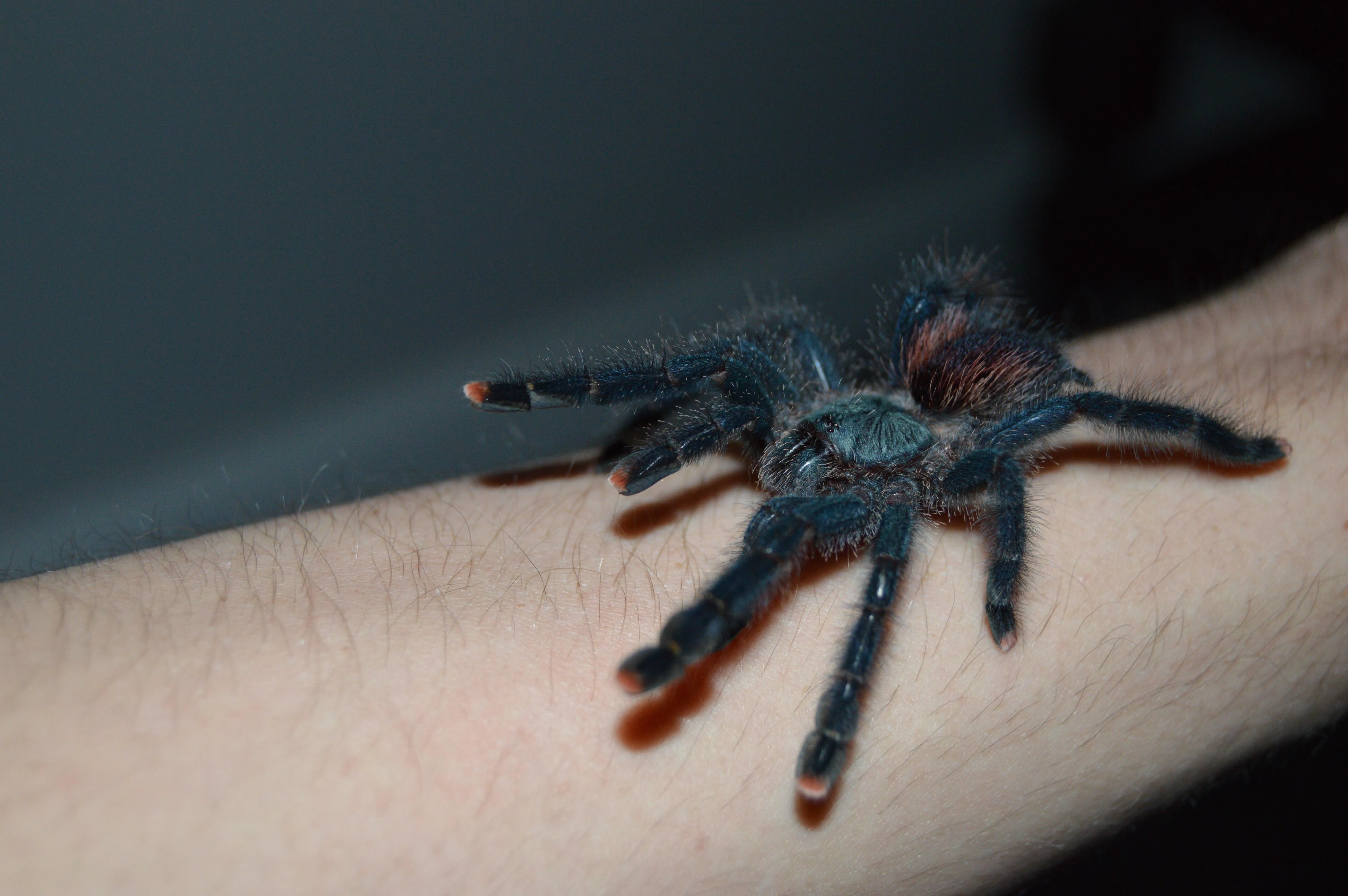
Maintaining the correct temperature and humidity levels is critical for the health of your Pink Toe Tarantula. The ideal temperature range is typically between 75-85°F (24-29°C). Humidity should be kept between 70-80%. You can achieve this by misting the enclosure regularly with lukewarm water, providing a water dish, and ensuring proper ventilation. Using a digital thermometer and hygrometer is highly recommended to accurately monitor these conditions. Regularly checking the temperature and humidity will help you identify any issues and make necessary adjustments to ensure the comfort and well-being of your tarantula. Remember that maintaining the right balance is essential for their molting process and overall health.
Why Heat Lamps are Important for Pink Toe Tarantulas
Heat lamps play a vital role in creating a suitable environment for Pink Toe Tarantulas by providing the necessary warmth. They help maintain the required temperature gradient within the enclosure, which is crucial for their metabolic processes. Unlike many other pets, tarantulas are ectothermic, meaning they rely on external heat sources to regulate their body temperature. A heat lamp ensures they can effectively digest food, molt properly, and remain active. Without adequate heat, your tarantula may become lethargic, stop eating, and experience health problems, making a heat lamp a non-negotiable component of their care. This is even more critical in cooler climates where ambient temperatures might not be sufficient to maintain the ideal conditions.
Benefits of Using a Heat Lamp
The benefits of using a heat lamp for your Pink Toe Tarantula are numerous. First and foremost, it ensures the proper functioning of their bodily processes. This includes aiding in digestion, which is essential for nutrient absorption and overall health. A heat lamp also supports the molting process, a crucial period when tarantulas shed their exoskeletons to grow. Additionally, it promotes activity and appetite, allowing your tarantula to behave naturally and exhibit its full range of behaviors. Proper heating also reduces stress and increases the likelihood of successful breeding, should you choose to do so. A well-heated environment is therefore fundamental to the overall well-being and longevity of your pet.
Risks of Incorrect Temperature
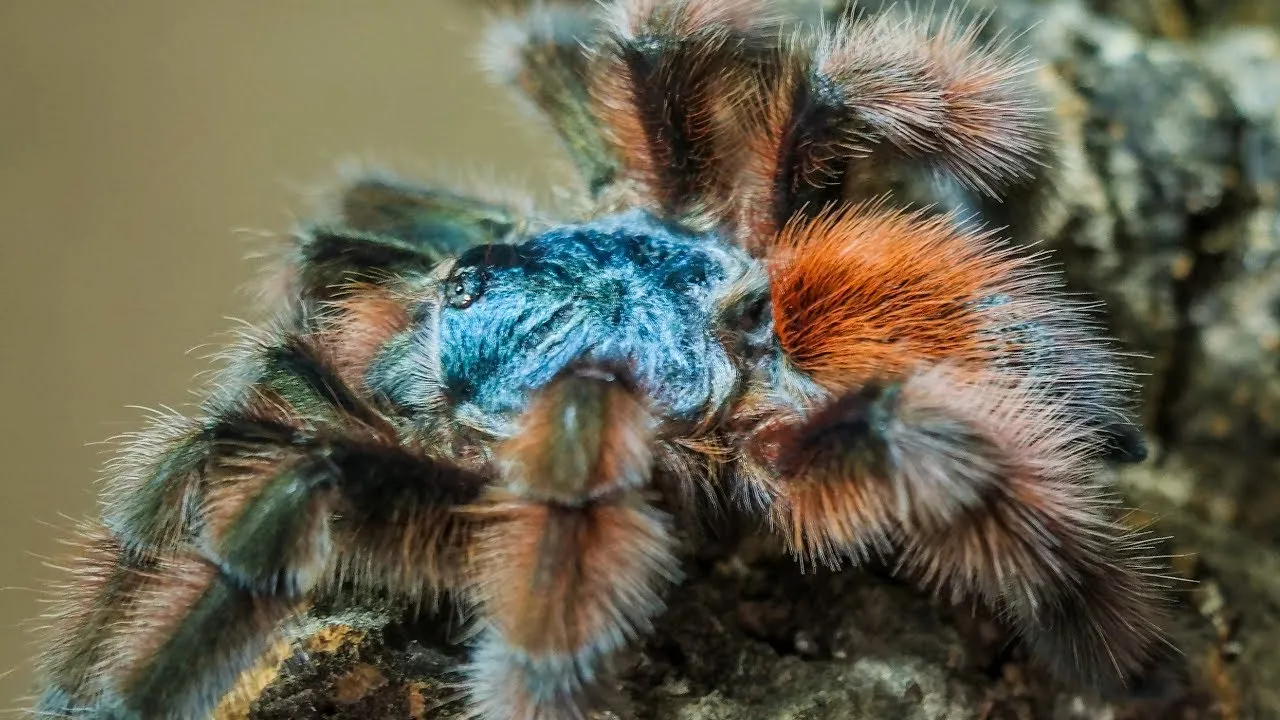
Providing incorrect temperatures can lead to a variety of health issues for your Pink Toe Tarantula. Insufficient heat can cause lethargy, decreased appetite, and slow digestion, which can lead to malnutrition. Prolonged exposure to low temperatures may even result in respiratory infections or, in extreme cases, death. Conversely, excessive heat can be just as dangerous. Overheating can cause dehydration, heatstroke, and other serious health problems. It is therefore essential to constantly monitor the temperature within the enclosure using a reliable thermometer and adjust the heat source accordingly. A consistent and appropriate temperature range is critical to prevent these risks and ensure the health and happiness of your tarantula.
Types of Heat Lamps for Pink Toe Tarantulas
Several types of heat lamps are suitable for Pink Toe Tarantulas, each with its own set of advantages and considerations. Understanding the differences between these types will help you choose the best option for your specific setup and needs. Consider the size of your enclosure, the ambient temperature in your home, and the specific needs of your tarantula. Some lamps provide both heat and light, while others focus solely on heat. The ideal choice often depends on a combination of factors, including ease of use, safety, and cost-effectiveness.
Incandescent Heat Lamps
Incandescent heat lamps are a common and affordable option. They produce both heat and light and are readily available in various wattages. These lamps are relatively easy to set up and provide a general level of warmth, which can be beneficial in maintaining the enclosure temperature. However, they can also dry out the enclosure if used without caution, so regular monitoring of humidity is essential. Consider using a dimmer to control the intensity of the light and heat and to prevent overheating. Always ensure that the lamp is properly secured and positioned to prevent any risk of accidental contact or burns to your tarantula. Choose a low wattage option to avoid excessive heat.
Ceramic Heat Emitters
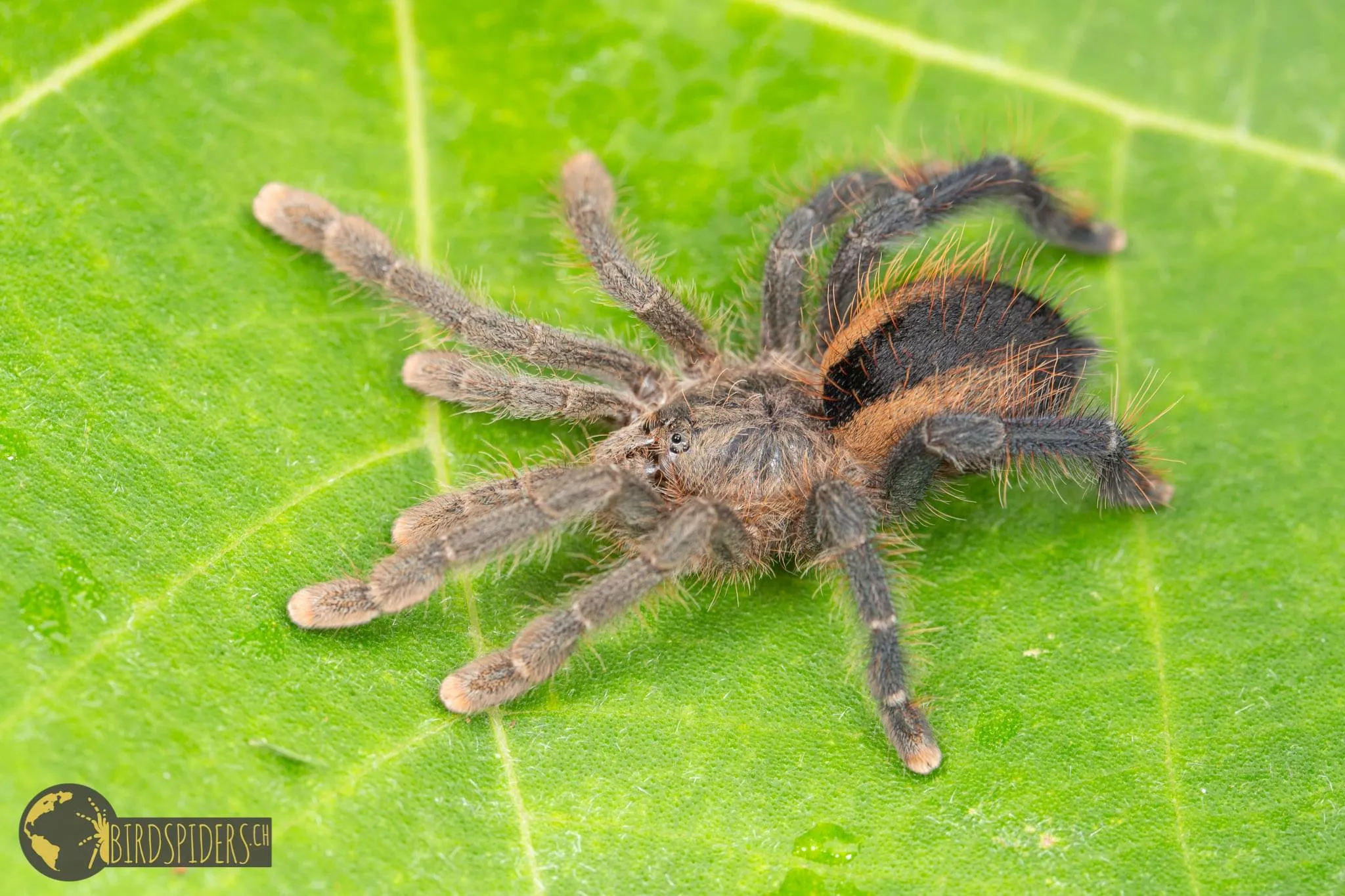
Ceramic heat emitters (CHEs) are designed to provide heat without producing light. This is particularly useful for maintaining a constant temperature day and night, making them an excellent choice for creating a stable thermal environment. CHEs emit infrared radiation, which penetrates the enclosure and warms the objects and surfaces, creating a warm environment for your tarantula. They come in various wattages and are typically used with a ceramic socket and a protective cage to prevent burns. CHEs are a good choice for those who prefer to maintain a consistent heat source without disrupting the day-night cycle of the tarantula. The absence of light can be beneficial, especially if you want to observe your tarantula without disturbing it.
Infrared Heat Lamps
Infrared heat lamps, sometimes referred to as red or blue heat lamps, emit both heat and light. They are popular because they provide a visual element and can still be used during the night, although the light might disrupt the tarantula’s natural behaviors. The red or blue light emitted by these lamps is less disruptive than standard white light. They are often used to create a basking spot within the enclosure. However, it’s important to monitor the temperature closely as these lamps can generate a significant amount of heat. Ensure that the lamp is positioned safely and that your tarantula cannot come into direct contact with it. Consider using a dimmer switch to control the intensity and avoid overheating.
Heat Mat with Thermostat
Heat mats are an alternative method of providing heat, especially when combined with other types of heat lamps or used in smaller enclosures. Heat mats are placed under the enclosure and provide a gentle, consistent heat source. They are often used with a thermostat to regulate the temperature and prevent overheating. The thermostat is crucial for safety, allowing you to set a specific temperature and ensuring that the heat mat does not exceed that level. Heat mats work well to warm the substrate and create a temperature gradient within the enclosure, allowing the tarantula to choose its preferred temperature. They are a safe and effective choice when properly used and monitored, providing a reliable source of warmth for your tarantula.
Factors to Consider When Choosing a Heat Lamp
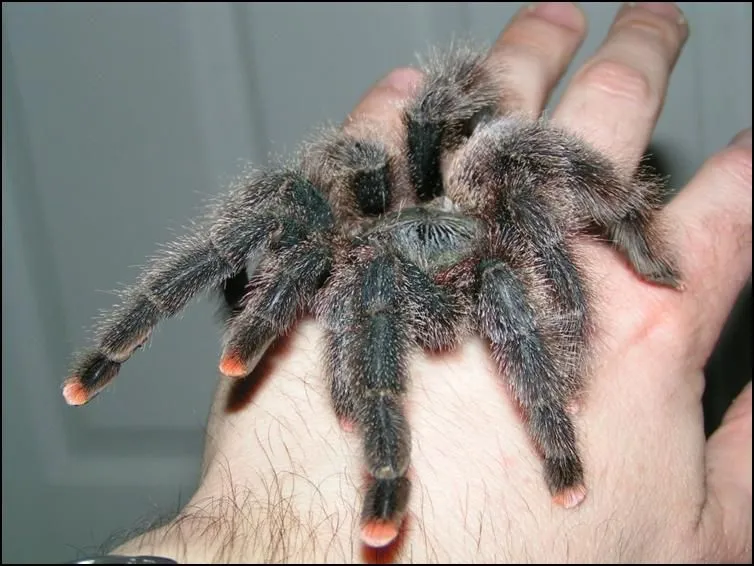
Selecting the right heat lamp involves considering several key factors to ensure the best possible environment for your Pink Toe Tarantula. The size of the enclosure, the wattage of the lamp, and the inclusion of safety features are all vital. Making the right choice requires careful assessment and a thorough understanding of the needs of your tarantula and its habitat. The right combination of factors ensures that you are providing a safe, stable, and comfortable environment for your pet to thrive. Considering these elements carefully will guarantee the well-being of your tarantula.
Wattage and Size of the Enclosure
The wattage of the heat lamp should be appropriate for the size of the enclosure. A larger enclosure requires a higher wattage to maintain the desired temperature, while a smaller enclosure may only need a lower wattage to prevent overheating. As a general guideline, start with a lower wattage and gradually increase it if necessary, always monitoring the temperature with a thermometer. Positioning the lamp correctly is also vital; it should be placed in a location that allows for a temperature gradient, with the warmest area near the top of the enclosure and the cooler area at the bottom. Careful selection of the wattage and proper placement of the heat lamp are crucial to create a comfortable and safe environment.
Safety Features and Thermostat Control
Prioritizing safety is crucial when choosing a heat lamp. Look for lamps with protective features, such as a protective cage or guard, to prevent your tarantula from coming into direct contact with the hot bulb. A thermostat is a must-have, as it allows you to precisely control the temperature and prevent overheating. The thermostat should be positioned within the enclosure to accurately measure the ambient temperature and regulate the heat output of the lamp. Always choose a lamp that is specifically designed for reptile or pet use. Regularly inspect the lamp and its accessories for any signs of damage and replace them immediately if necessary. Safety features are critical for the well-being of your pet and should be a priority when choosing a heat lamp.
Placement and Positioning of the Heat Lamp
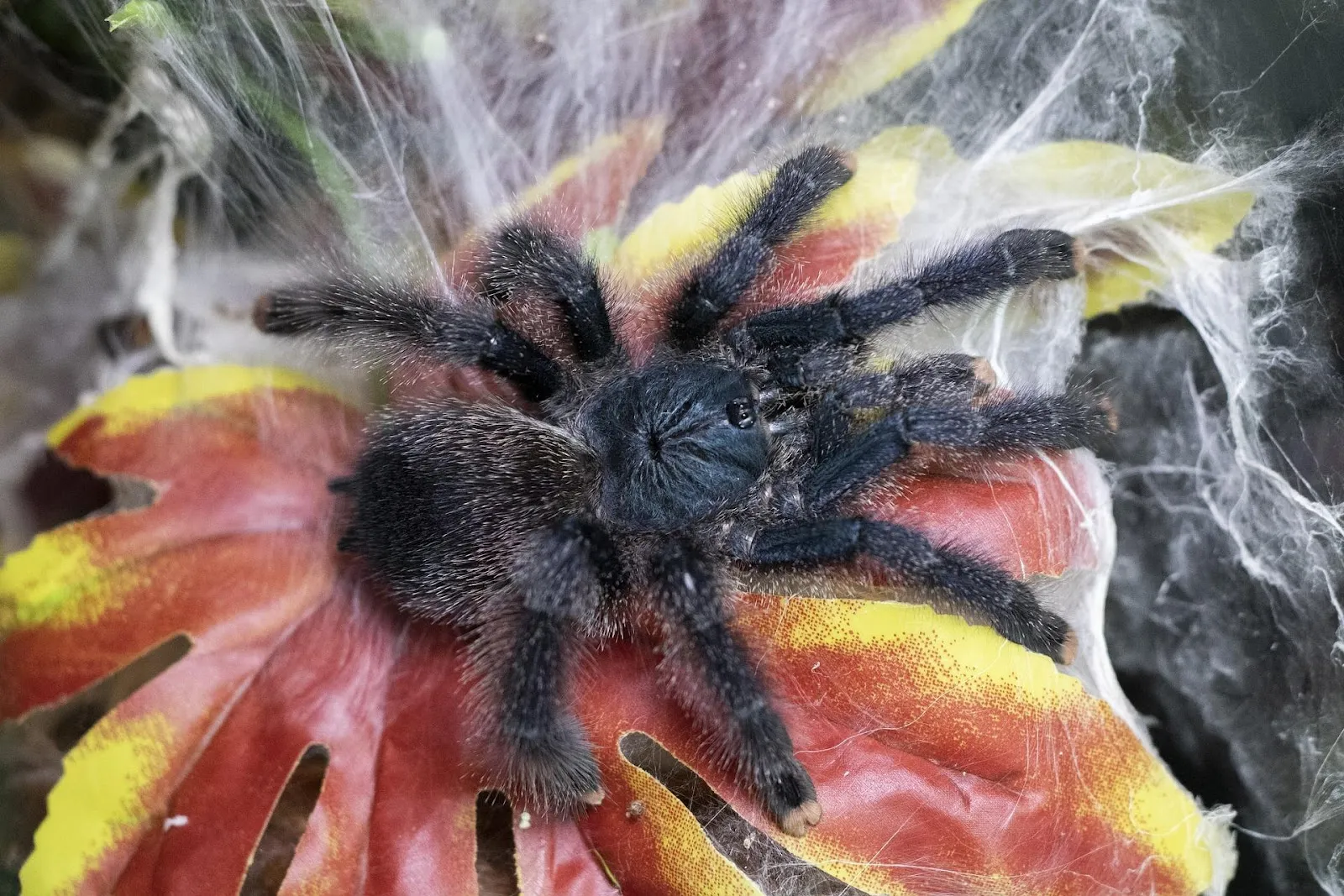
Proper placement and positioning of the heat lamp are vital for creating a suitable thermal environment. The lamp should be positioned in a way that provides a temperature gradient, with a warm area for basking and cooler areas for the tarantula to retreat. It’s generally recommended to position the lamp above the enclosure, not inside, to prevent burns and to ensure that the heat is distributed evenly. Make sure the lamp is securely attached and out of the tarantula’s reach. Monitor the temperature in different areas of the enclosure to ensure that the heat gradient is correctly established. Consider the height of the enclosure and the wattage of the lamp when positioning it to prevent overheating or insufficient heating. Correct placement is key to maintaining a comfortable and safe environment for your Pink Toe Tarantula.
Monitoring Temperature and Humidity
Regular monitoring of temperature and humidity is paramount to ensure the health and well-being of your Pink Toe Tarantula. Utilizing a thermometer and hygrometer will allow you to measure these conditions accurately. The results of the measurements will help you to make necessary adjustments to the heat lamp and other elements of the setup. Constant vigilance is key in providing the ideal habitat for your tarantula.
Using a Thermometer and Hygrometer
Investing in a reliable thermometer and hygrometer is a must for any Pink Toe Tarantula owner. These instruments provide accurate readings of both temperature and humidity, enabling you to make informed decisions about the environment inside the enclosure. Digital thermometers and hygrometers are often the best option, as they provide precise readings and are easy to read. Place the thermometer and hygrometer in the enclosure, ideally in a position where they are easily visible. Make sure to calibrate these instruments periodically to ensure accuracy. With accurate measurements, you can easily manage the environment to meet your tarantula’s needs.
Checking the Temperature Regularly
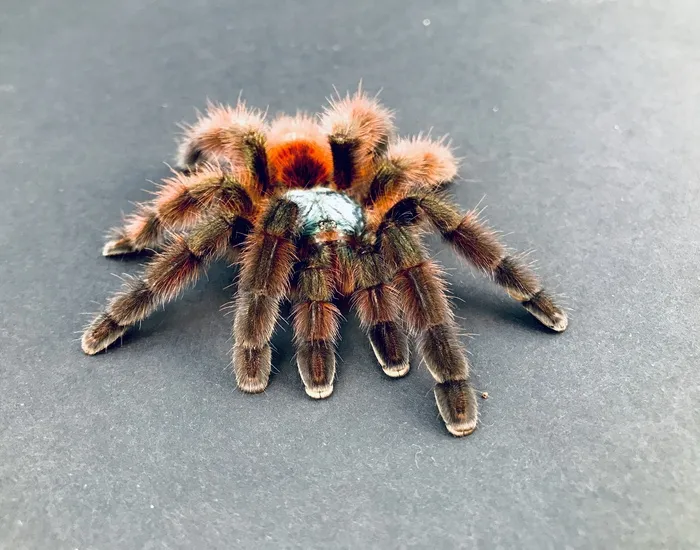
Checking the temperature regularly is crucial for ensuring that the heat lamp is functioning correctly and that the enclosure remains within the appropriate temperature range. Check the temperature at least once a day, preferably at multiple points in the enclosure to assess the temperature gradient. Keep a log of the temperature readings to identify any fluctuations or potential problems. If you notice any significant changes, such as the temperature being too high or too low, take immediate action to adjust the heat lamp or other environmental controls. Regular temperature checks will ensure the comfort, health, and overall happiness of your Pink Toe Tarantula.
Troubleshooting Common Heat Lamp Issues
Even with careful setup and monitoring, heat lamp issues can arise. Knowing how to troubleshoot these common problems will help you maintain a stable and healthy environment for your tarantula. Whether the issue is overheating or lamp failure, being prepared to address these problems is vital to the well-being of your pet.
Overheating and How to Prevent It
Overheating is one of the most common issues with heat lamps. It can lead to dehydration, heatstroke, and other serious health issues. To prevent overheating, ensure that you use a thermostat to regulate the temperature, and regularly monitor the temperature in the enclosure. Use a lower wattage bulb and, if necessary, consider raising the lamp or using a dimmer switch to reduce the heat output. Make sure the enclosure has proper ventilation to dissipate excess heat. If you notice signs of overheating, such as your tarantula becoming lethargic or hiding, immediately turn off the heat lamp and allow the enclosure to cool. Prevention is key. Proper temperature management will ensure that your tarantula remains safe and healthy.
Lamp Failure and Replacement
Heat lamps, like any electrical appliance, can fail. Be prepared to replace the lamp when it burns out. Always have a spare lamp on hand and know how to replace it quickly. When replacing a lamp, always unplug the power source and allow the lamp to cool before handling it. Follow the manufacturer’s instructions for replacing the bulb. Regularly inspect the lamp for any signs of wear and tear, such as cracked bulbs or frayed wires. If you notice any damage, replace the lamp immediately. Keeping an eye on the lamp’s condition and being ready to replace it ensures that your Pink Toe Tarantula’s habitat remains properly heated and healthy.
Frequently Asked Questions about Heat Lamps
Many questions arise when setting up and maintaining a heat lamp system for a Pink Toe Tarantula. These frequently asked questions address common concerns and help ensure you are providing the best possible care for your pet.
